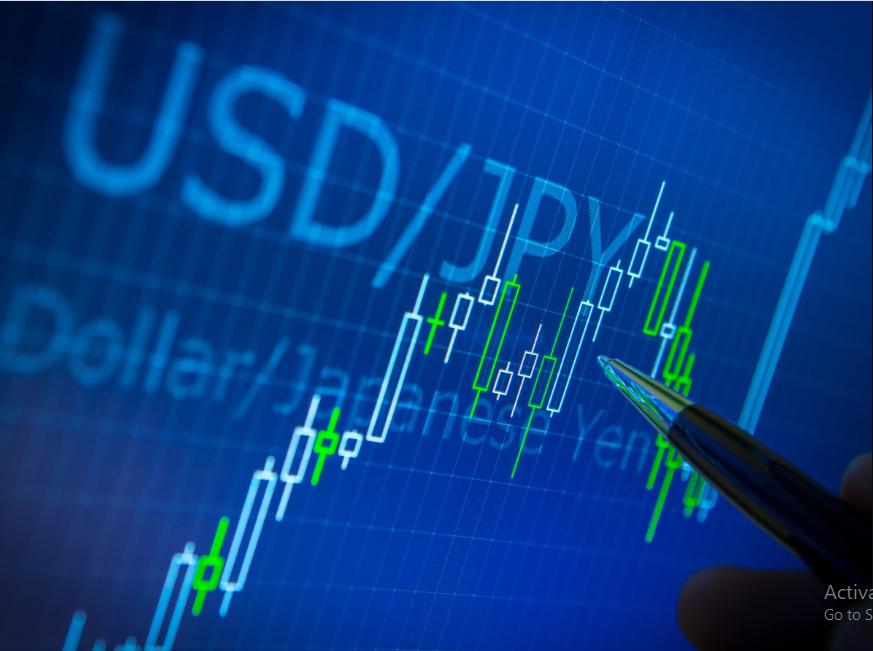The USD/JPY pair reversed an intraday dip and traded around the 142.00 mark during the early European session, just below its highest level since November 2022, touched earlier this Tuesday.
The Japanese (JPY) continues with its relative underperformance in the wake of a significant divergence in the monetary policy stance adopted by the Bank of Japan (BoJ) and other major central banks, including the US Federal Reserve (Fed). It is worth recalling that the BoJ maintained its view that inflation would slow later this year, underscoring its focus on supporting a fragile economic recovery on the back of global uncertainty. This, in turn, assists the USD/JPY pair to attract fresh buyers near the 141.60-141.55 region and edge higher for the fourth straight day. This also marks the seventh day of an uptick in the previous eight and is further supported by a modest USDollar (USD) strength.
Last week, the Federal Reserve (Fed) signaled that borrowing costs may still need to rise as much as 50 bps by the end of this year. The markets were quick to react and are now pricing another 25 bps lift-off at the July FOMC meeting. This, in turn, triggers a fresh leg up in the US Treasury bond yields, which allows the USD to capitalize on its recent recovery from over a one-month low touched last Friday and further acts as a tailwind for the USD/JPY pair. A generally weaker tone around the equity markets supports the safe-haven JPY. Apart from this, slightly overstretched technical indicators on the daily chart hold back bulls from placing fresh bets around the major.
Investors also prefer to move to the sidelined and await Fed Chair Jerome Powell’s two-day congressional testimony starting this Wednesday, which will be looked for fresh clues about the future rate-hike path. This, along with scheduled speeches by a slew of influential FOMC members, will play a key role in driving the USD demand and provide a fresh impetus to the USD/JPY pair. Nevertheless, the aforementioned fundamental backdrop suggests that the path of least resistance for spot prices is to the upside, and any meaningful corrective fall might still be seen as a buying opportunity.


This Post Has 2 Comments
https://t.me/s/iGaming_live/4866
**mindvault**
mindvault is a premium cognitive support formula created for adults 45+. It’s thoughtfully designed to help maintain clear thinking